TQM Doing Things Right The First Time & Every Time
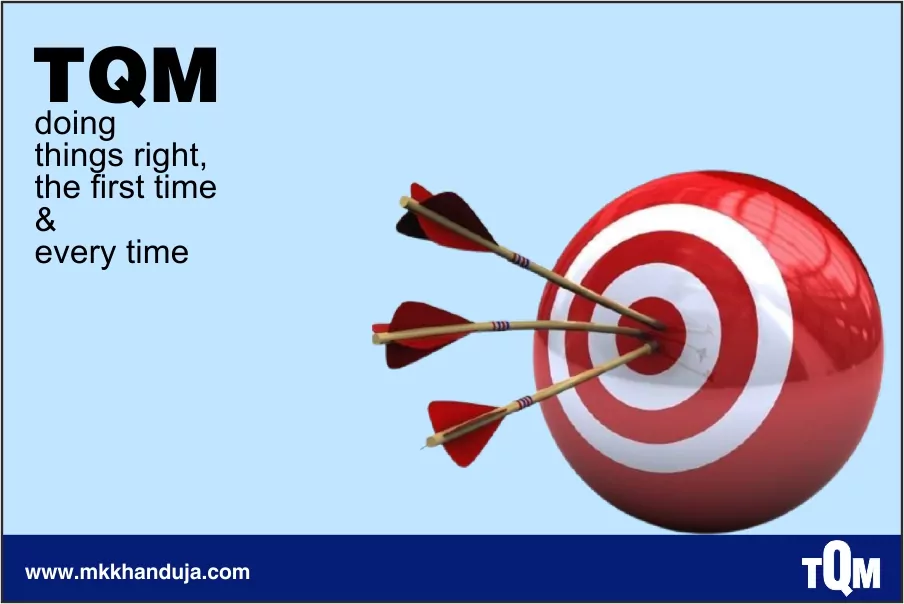
Imagine a world without defects, where everybody does things right, the first time and every time. There would be no rework because the yield is 100%, and no need to hire highly paid consultants to train your employees on quality or other stuff.
Unfortunately, it tends to be a hypothetical situation as to be right the first time, you need to get it wrong multiple times. As a natural phenomenon, everyone learns from mistakes, whether you, we, or anyone else.
So, the TQM philosophy of "doing things right, the first time and every time" is just a vague statement? No, not all. Instead, an organization's weak tactics or lack of strategic framework results in disappointing outcomes. The optimized strategy and tactics involve executing the necessary steps to achieve the organization's goals and gain competitive advantage – lower cost and improved quality.
What to do to get things right the first time?
The lack of results occurs due to incomplete TQM training, which is inadequate for employees to get the best. Avoiding the following scenarios will create the best strategic framework for TQM to get things right, the first time, and every time.
Scenario 1
The training of employees and exposure to the techniques is necessary to increase their knowledge and awareness about quality. But these aspects alone won't produce satisfactory results and develop the skills needed to achieve competency. Overall, the employees must practice the techniques and skills, even after getting sufficiently trained.
Scenario 2
Getting insufficient TQM tools and superficial TQM training also results in incompetency in employees. These training don't expose the employees to the group dynamic techniques and don't let them use and practice the quality tools.
Such scenarios direct the activities towards discovering, clarifying, and recording the Quality deviations with no significant cost reduction.
Scenario 3
Often the employees inappropriately apply the quality tools due to lack of training or some other reasons. It results in higher operational costs and less efficiency. To identify the exact root cause, there is a need to brainstorm on different aspects.
TQM leads to better products manufactured at a lower cost. How? The focus on high-quality empowers an organization to improve processes, which reduces waste and saves time. That leads to reduced expenses that can be passed to clients in the form of lower prices. The conclusion is “Doing right things right, the first time, and every time” i.e., a roadmap to zero defects to zero losses and finally towards maximum profits and operational excellence.

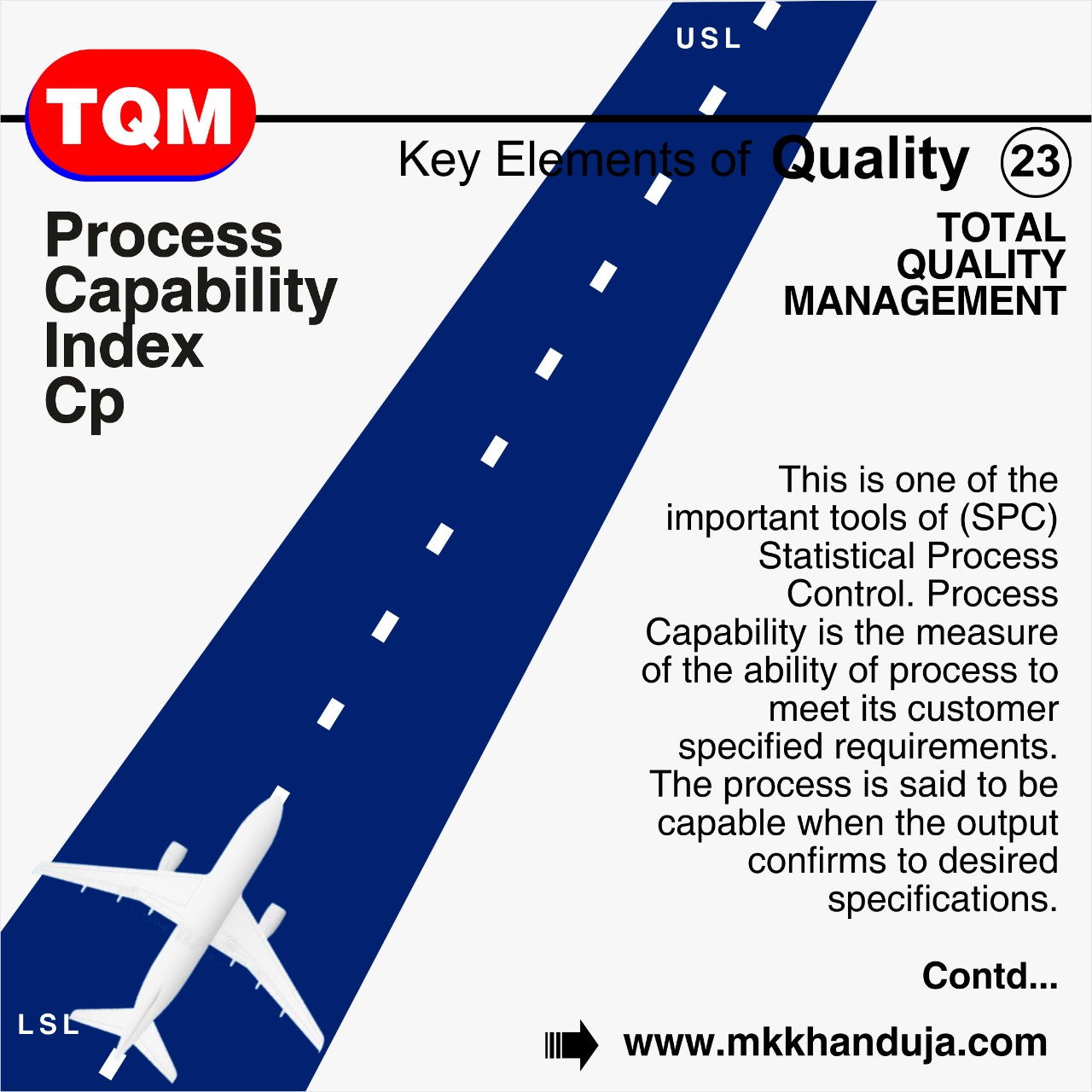
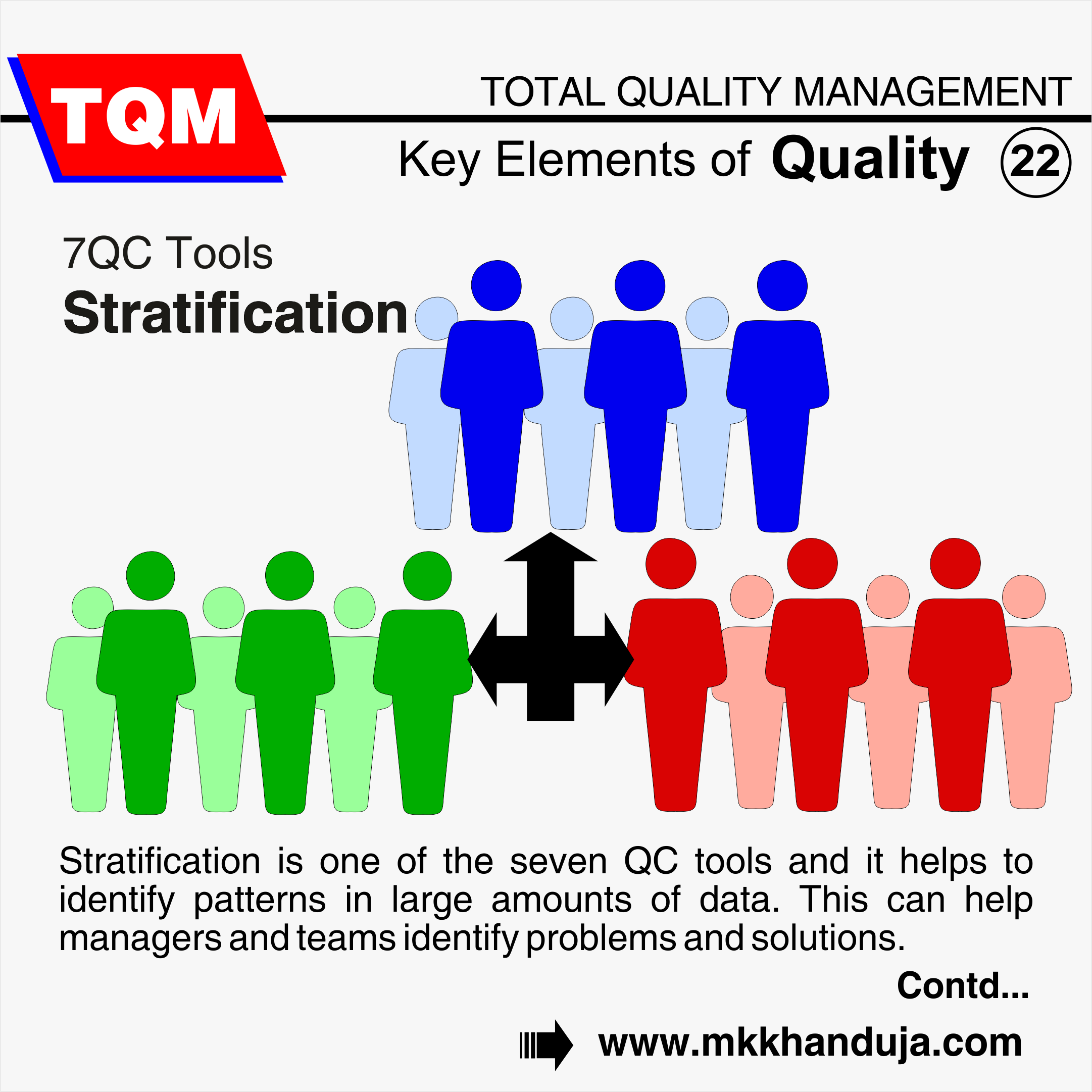
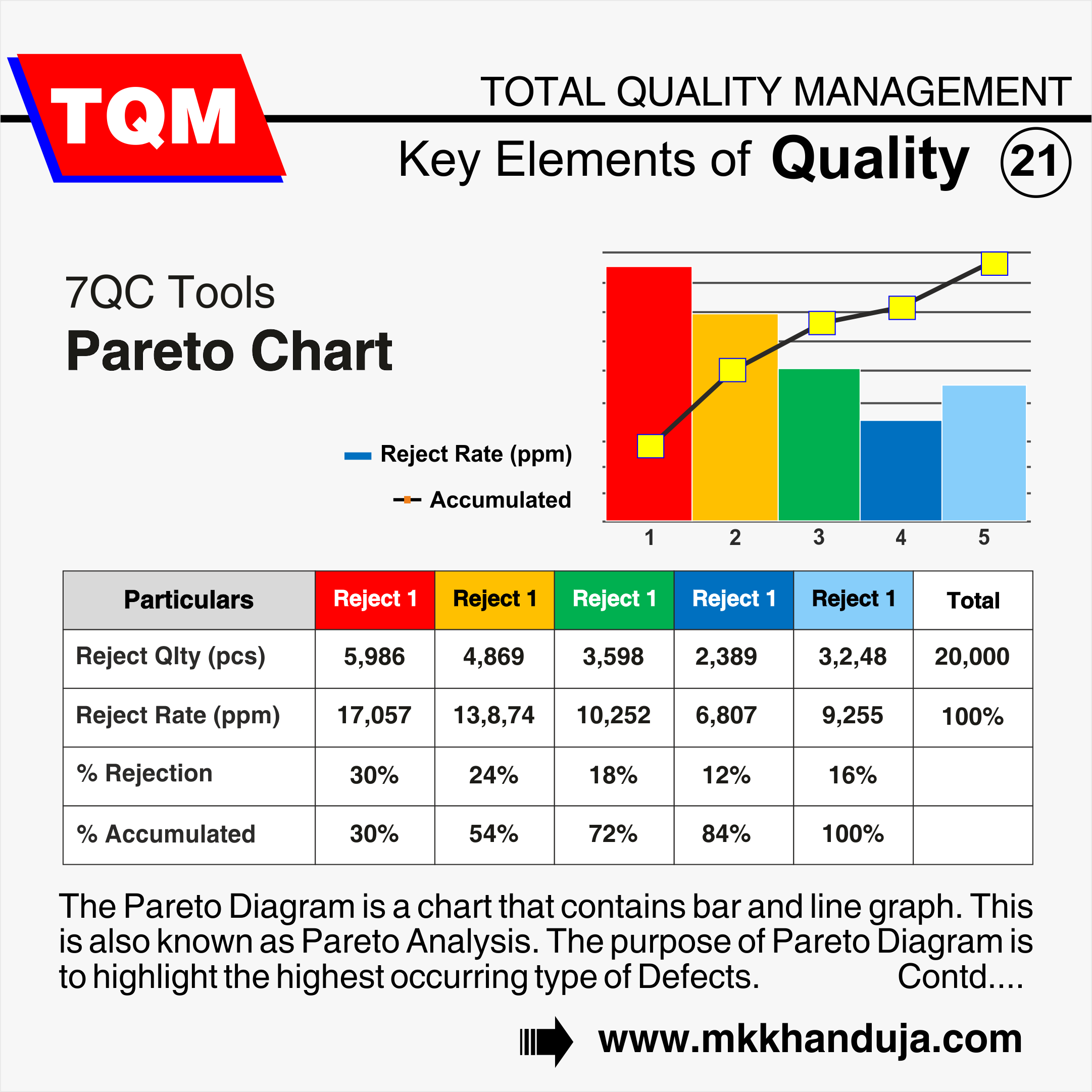
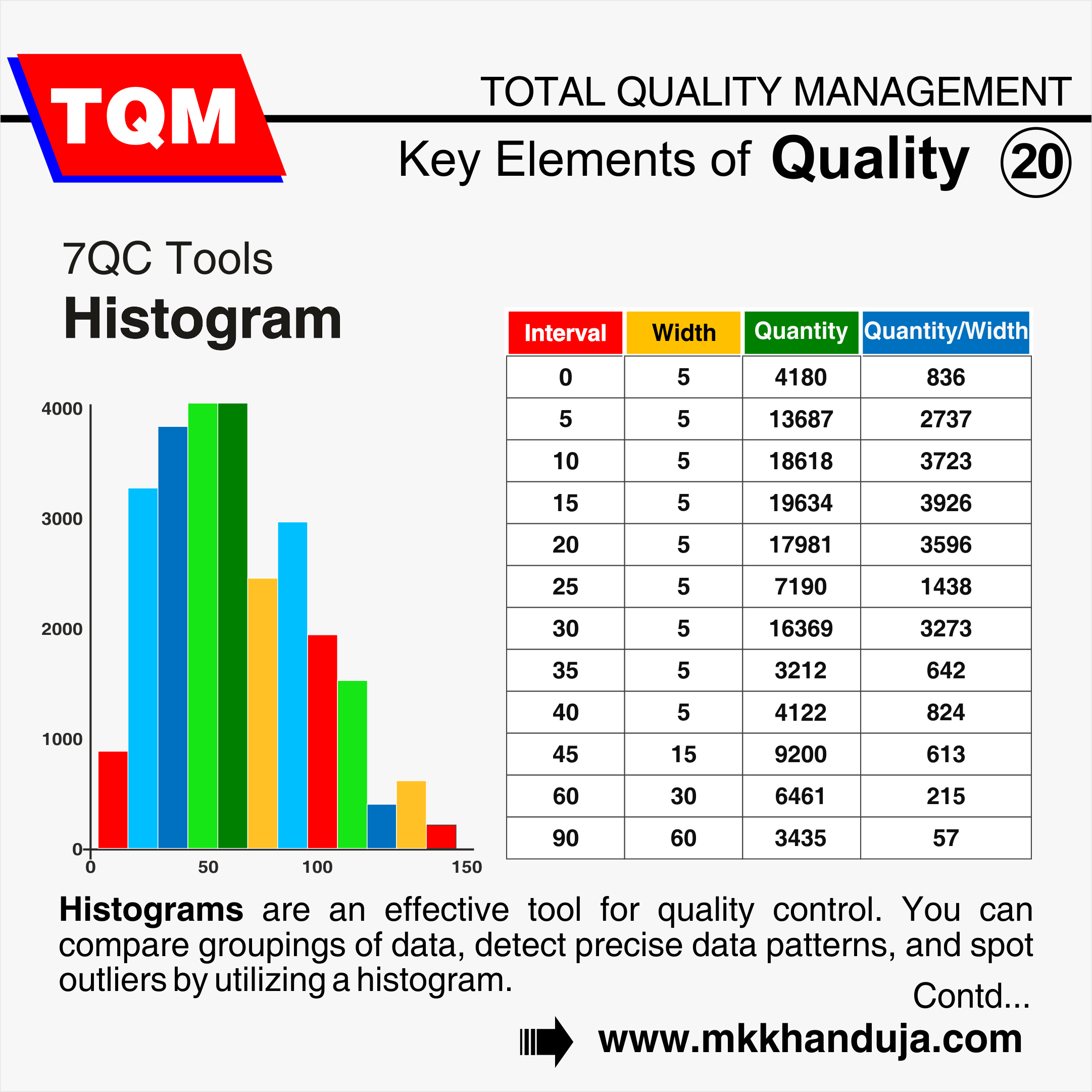
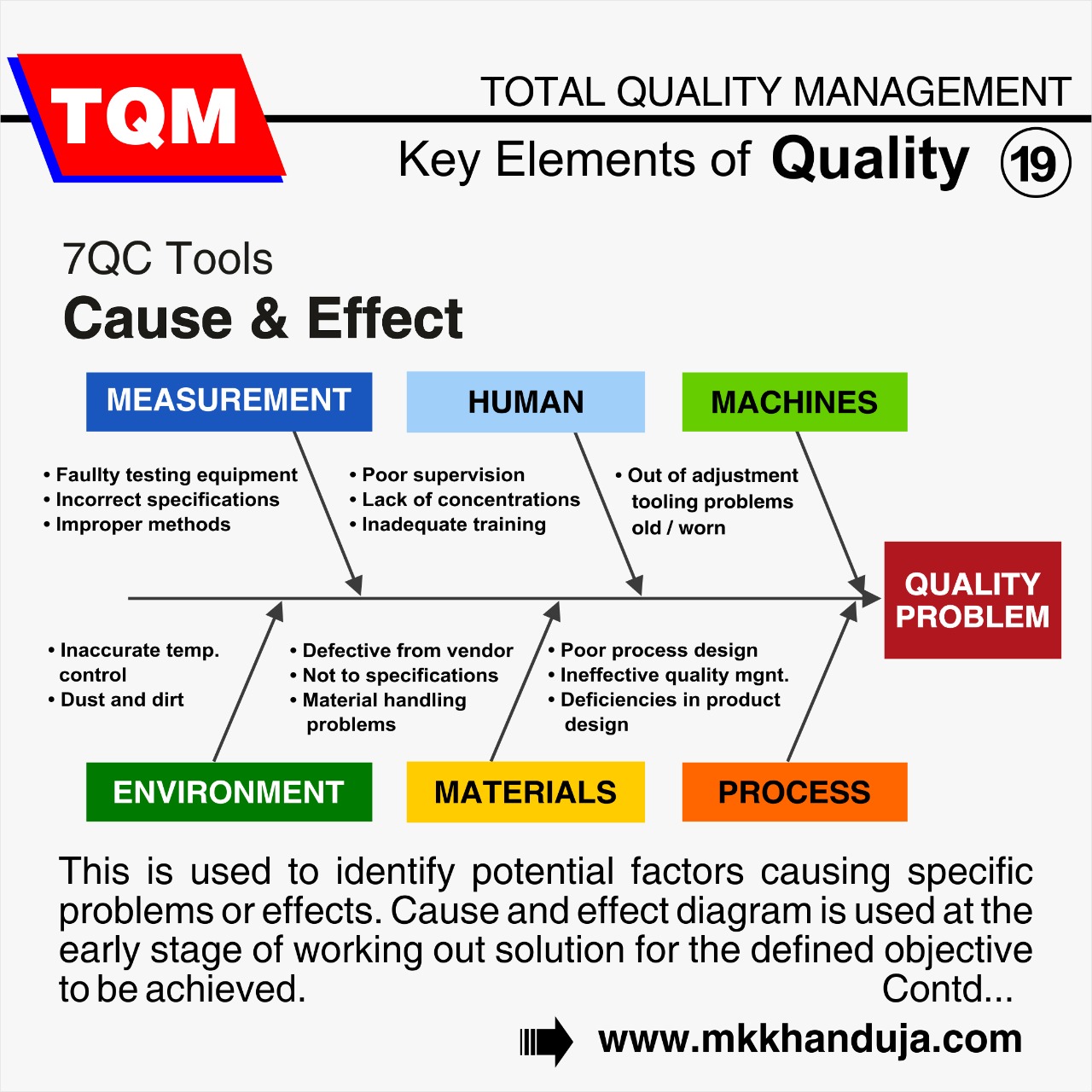
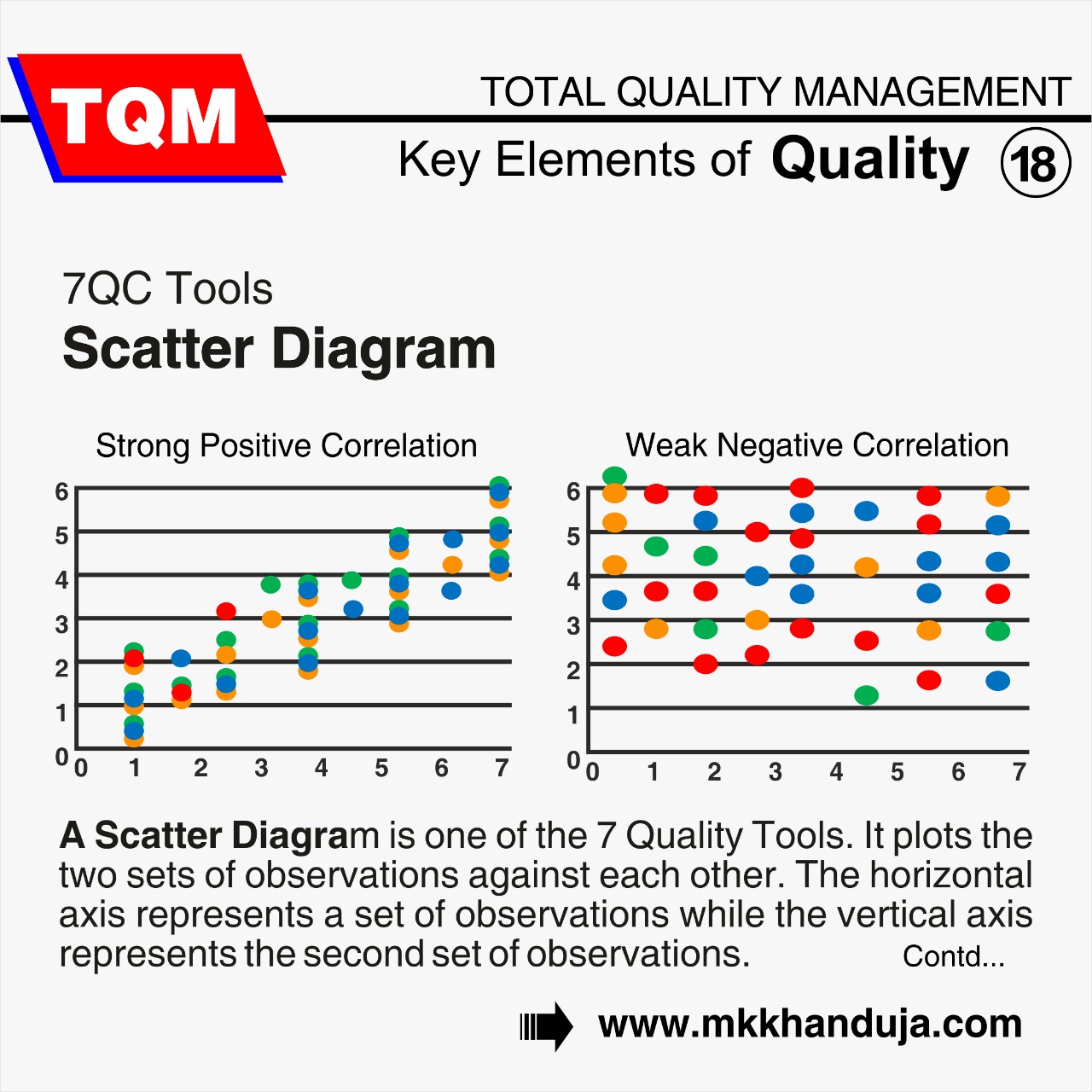
Comments